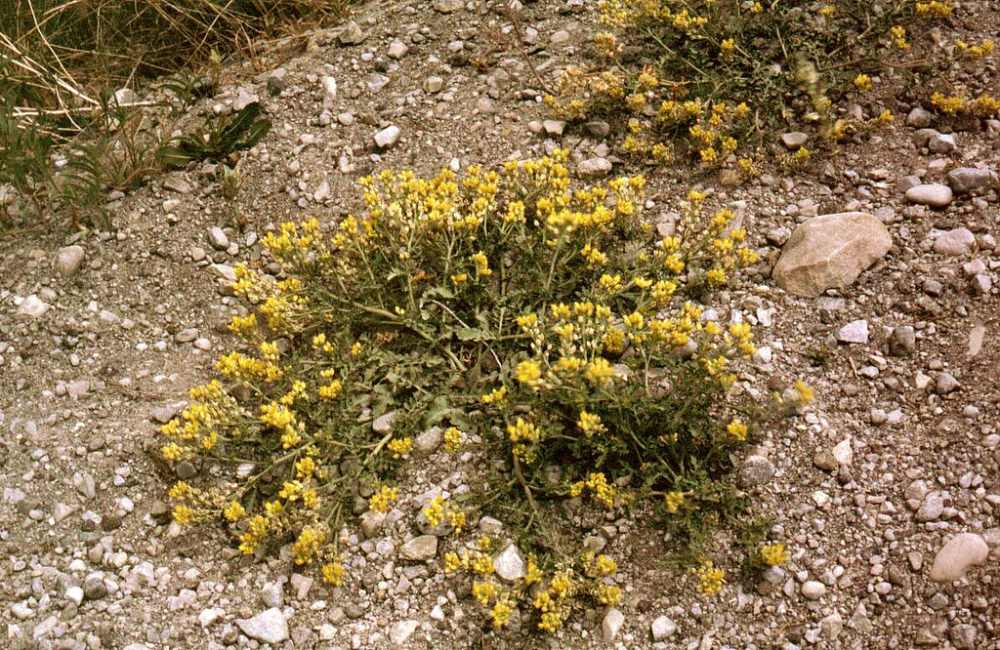The small yellow flowers that once thrived along riverbanks across the Pacific Northwest have survived since the Ice Age, but now face possible extinction. A conservation group has petitioned the federal government to protect Columbia yellowcress, a rare plant struggling to survive amid human-caused habitat destruction.
On August 6, 2025, the Center for Biological Diversity filed a petition with the U.S. Fish and Wildlife Service to list Columbia yellowcress (Rorippa columbiae) under the Endangered Species Act. The tiny mustard family plant now exists in just a few dozen locations across Washington, Oregon, and Northern California.
“These tough little plants have survived since mammoths roamed the Pacific Northwest, but habitat destruction by people has pushed them to the edge of extinction,” said Jeremiah Scanlan, a legal fellow at the Center.
Columbia yellowcress grows low to the ground in clusters along riverbanks, lakeshores, and wetlands. The plant’s life cycle follows natural water patterns — growing as waters recede in spring and dying back when water becomes scarce in fall and winter. This unique life cycle developed in response to flooding patterns from ancient Ice Age lakes that once covered the region.
Dam construction along the Columbia River has destroyed many yellowcress populations. Major dams on the Columbia River have permanently altered natural water flows and flooding cycles critical to the plant’s survival. Moreover, habitat destruction from infrastructure projects continues to threaten remaining stands.
Similar Posts
According to monitoring data, many remaining populations have fewer than 50 individual plants. Population numbers have declined significantly over recent decades at many sites.
Beyond dam impacts, cattle grazing damages the plant by trampling delicate lakeshores and disrupting stream systems. Off-road vehicles and other human traffic crush the remaining plants.
The plant currently has some state-level protections. Washington lists the species as threatened, while in California it is known from about fifteen occurrences in the Modoc Plateau region.
The Institute for Applied Ecology has conducted research on conservation and monitoring of the Columbia yellowcress in recent years, highlighting the importance of genetic diversity for the plant’s future.
The U.S. Fish and Wildlife Service must now issue a 90-day finding on whether the petition presents substantial information indicating protection might be warranted. If approved, a more thorough 12-month status review would follow.
Columbia yellowcress represents the living history of the Pacific Northwest landscape. Despite surviving millennia of natural changes, modern human activities have pushed this Ice Age survivor to the brink in just a few decades. Federal protection could provide this ancient plant the chance to keep growing for generations to come.



















